The holidays are hectic. You have to plan the festive meals, decorate your home, and buy gifts for friends and family. As a pet owner, you also have to make plans to protect your four-legged friend. Our Companion Care Animal Clinic team describes the hazards your pet may encounter and how to prevent a veterinary emergency from occurring during your holiday gatherings.
Pet holiday hazard #1: The big meal
The holidays are a time to indulge in delicious, decadent foods. However, many festive foods are dangerous to your four-legged friend, including:
- Fatty foods — High-fat foods, such as turkey skin, butter-laden mashed potatoes, and gravy, can trigger pancreatitis, a painful, potentially life-threatening condition.
- Bones — Cooked bones are brittle and can easily splinter, injuring your pet’s mouth or gastrointestinal (GI) tract.
- Toxic foods — Many common ingredients used in holiday foods are toxic to pets. Examples include onions, garlic, xylitol (i.e., sugar substitute), chocolate, raisins and currants, alcohol, and macadamia nuts.
- Indigestible objects — Your pet can develop a GI obstruction if they ingest items such as turkey bones, plastic wrap, and corncobs.
Hazardous foods and debris abound during the holidays, and even if you don’t serve them up to your dog or cat, they can still find ways to get into trouble. To prevent your pet from eating something they shouldn’t, follow these tips:
- Keep your pet out of the kitchen and dining room during the feast by confining them to their crate or another room.
- Ensure your guests know that your pet isn’t allowed to have table scraps.
- Keep all garbage in sealed containers and take the trash outside as soon as the bag is full.
- Store leftovers safely in the refrigerator or behind closed cabinet doors.
Pet holiday hazard #2: A missing pet
During the holidays, numerous issues compete for your attention, and your pet may take advantage of your distraction to escape from the chaos that surrounds a seasonal gathering. To protect your pet from bolting or to help ensure you are reunited if they do, follow these tips:
- Keeping your pet confined — When guests are entering and exiting your home, your pet can easily sneak out a door. Keep your pet in their crate or in another enclosed area to prevent door dashing.
- Alerting your guests — Ensure your guests know your pet must stay inside when opening the door.
- Identifying your pet — Pets are sneaky and may get past your defenses despite your best efforts. Ensure your four-legged friend is properly identified to increase your chances of a happy reunion if they do go missing. A microchip is the best form of permanent identification because the tiny chip can’t be lost or removed. Even if your furry pal is microchipped, they should still wear a collar and identification tag that includes your current contact information.
Pet holiday hazard #3: Seasonal decorations
Decorating your home helps everyone get in the holiday spirit, but your pretty adornments can be dangerous for your four-legged friend. Hazardous decorations include:
- Christmas tree — Pets are curious and can easily topple the Christmas tree when investigating. In addition, the tree stand water may contain dangerous bacteria or chemicals.
- Tinsel — Dangling tinsel strands intrigue many pets, especially cats. If your pet ingests tinsel, they can experience a linear GI obstruction.
- Toxic plants — Many seasonal decorative plants, such as lilies, chrysanthemums, amaryllis, holly, and mistletoe, are toxic to pets.
- Breakable ornaments — Pets are drawn to shiny objects. If your dog or cat breaks an ornament, they can injure their mouth, face, or paws.
- Candles — Lit candles are beautiful but are a fire hazard, especially if your pet investigates by swiping a paw over or flicking their tail at the flame.
- Electric lights — No Christmas tree is complete without twinkling lights, but many pets like to chew electrical cords.
Although Christmas decorations pose many hazards to pets, you can still create a festive holiday atmosphere and prevent your dog or cat from having a veterinary emergency. To protect your pet from experiencing a seasonal decoration mishap, follow these tips:
- Anchor your Christmas tree to the ceiling or adjacent wall, and block your pet’s access to the tree stand water.
- Avoid hanging ornaments on the bottom Christmas tree branches to ensure your furry pal can’t reach breakable objects.
- Consider forgoing tinsel if you have a cat.
- Ensure all plants you bring into your home are pet-friendly.
- Use battery-operated candles.
- Ensure you hide or cover all electric cords.
Pet holiday hazard #4: Stress
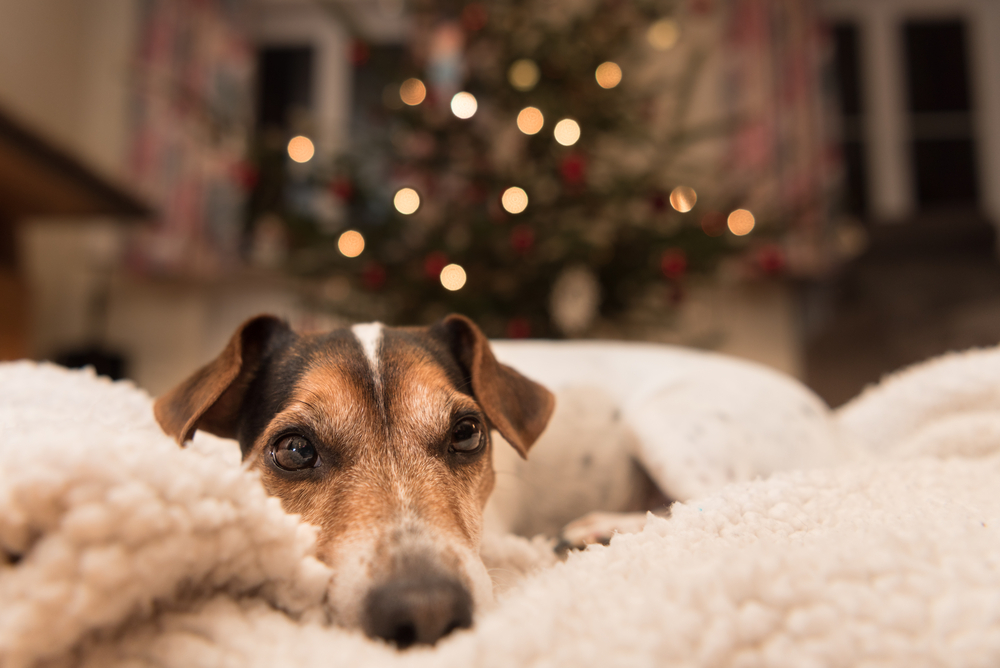
Pets typically thrive on routine, and your four-legged friend may become stressed during the hectic holidays. With unfamiliar people invading your home, trees being planted inside, and everyone singing fa-la-la-la-la, you can see why your dog or cat might have difficulty coping. To protect your pet from becoming anxious during the holidays, follow these tips:
- Creating a pet-safe zone — Ensure your pet has a quiet area to which they can escape if they become overwhelmed, and consider confining them to this area if they are anxiety prone.
- Providing distraction — Distract your pet from the holiday craziness by providing a food puzzle toy to help them concentrate on a yummy treat rather than on the stress-inducing noise and mayhem.
- Monitoring your pet — Watch your pet closely for signs that may indicate stress such as hiding, avoiding eye contact, heavy panting, drooling, showing the whites of their eyes, and lifting a front limb.
- Consider medication — Pets who are especially prone to stress and anxiety may benefit from a sedative or anti-anxiety medication. Ask our team if your pet might be a good candidate for such a medication.
Contact our Companion Care Animal Clinic team if you would like your furry pal microchipped before the holidays or if you think they may benefit from an anti-anxiety medication.


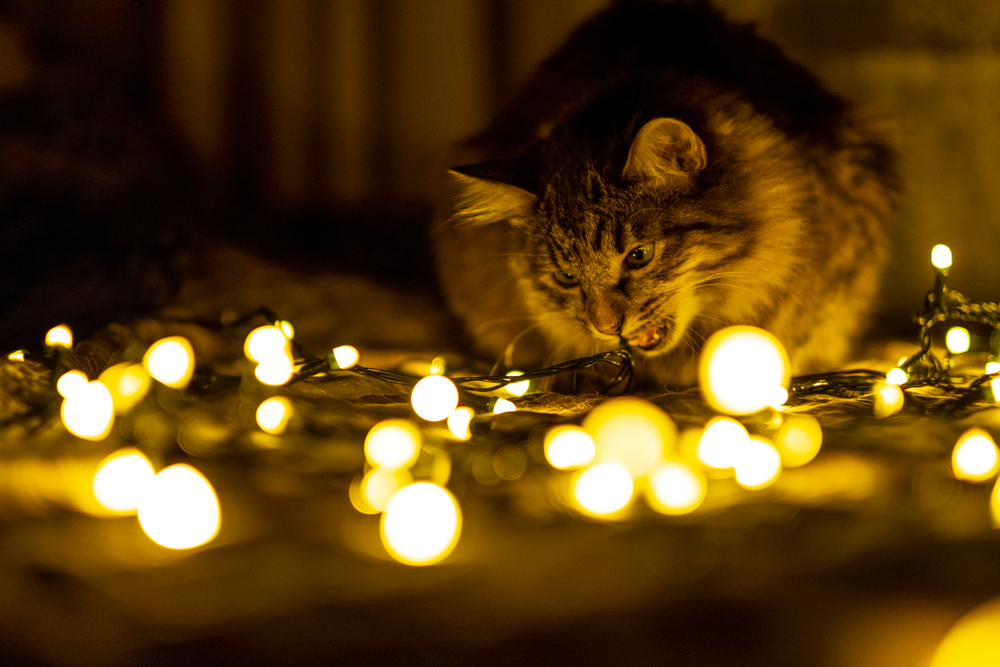
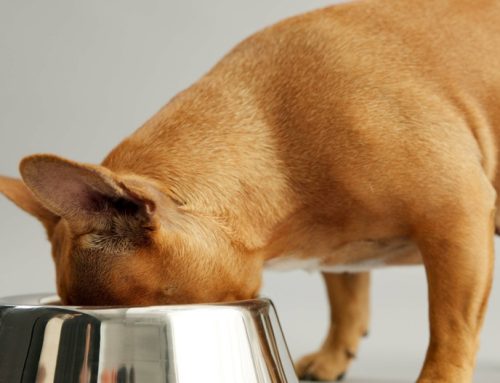
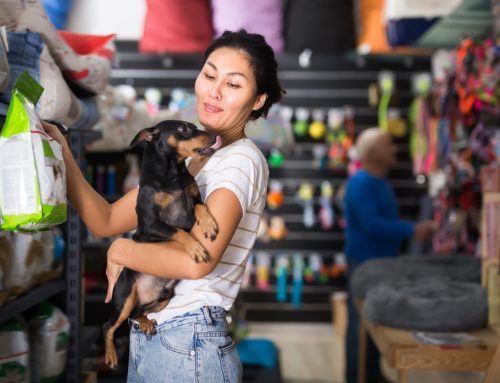

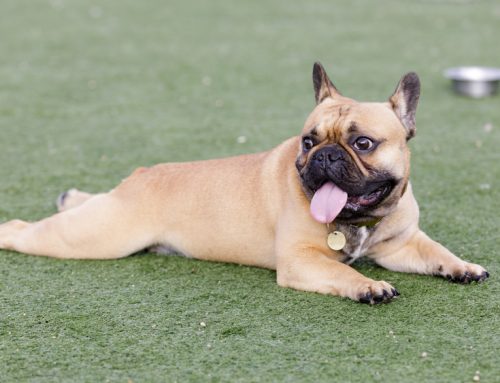
Leave A Comment